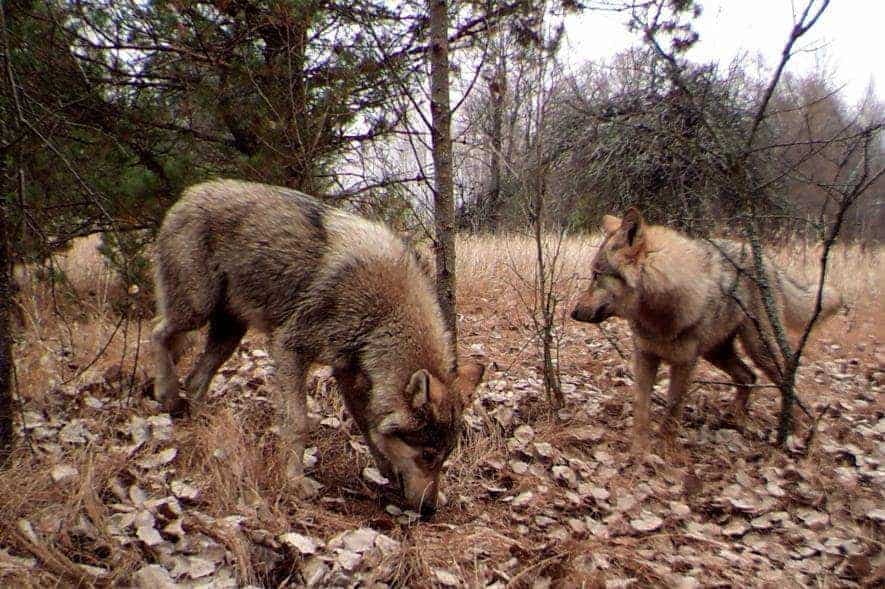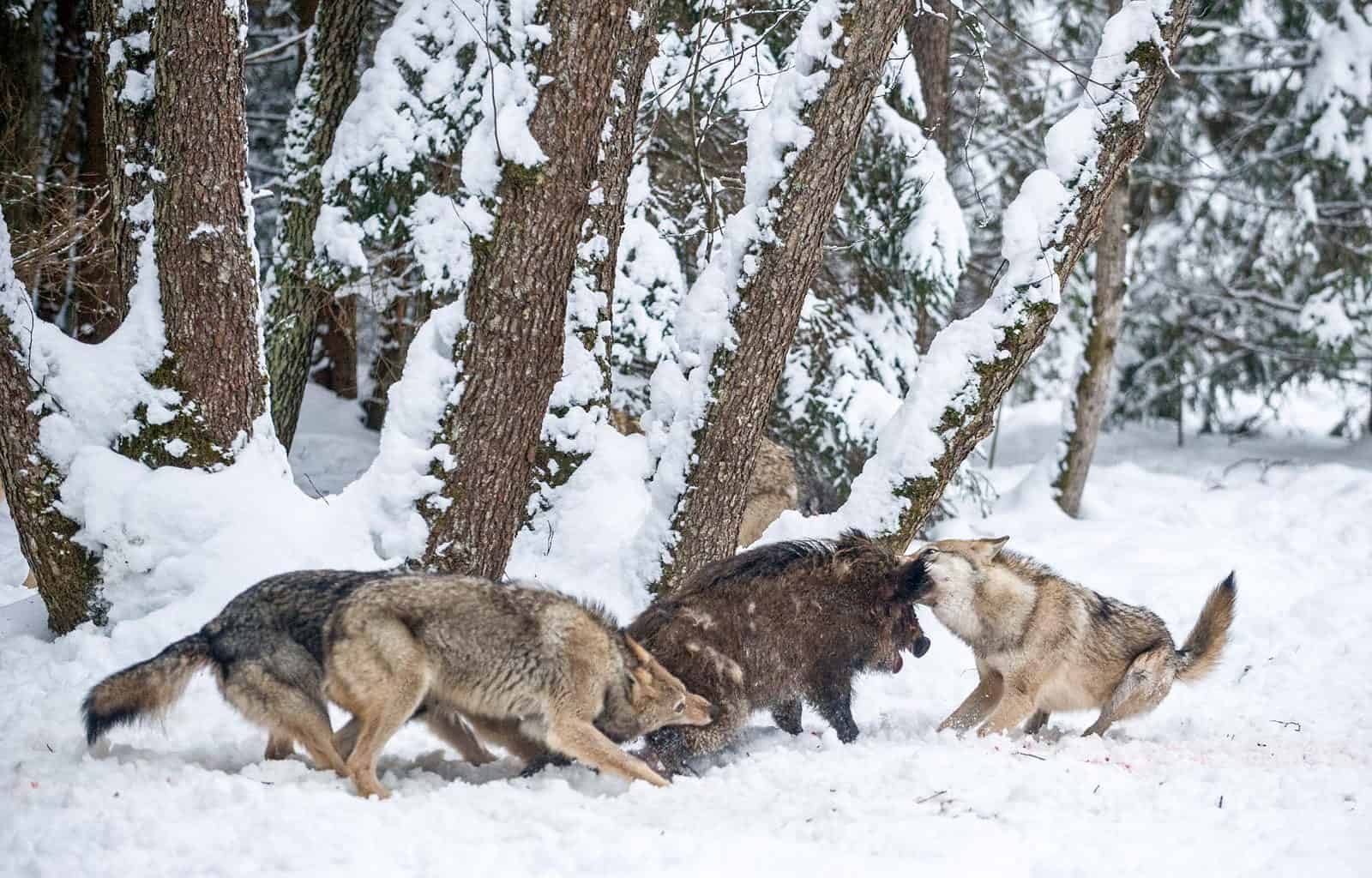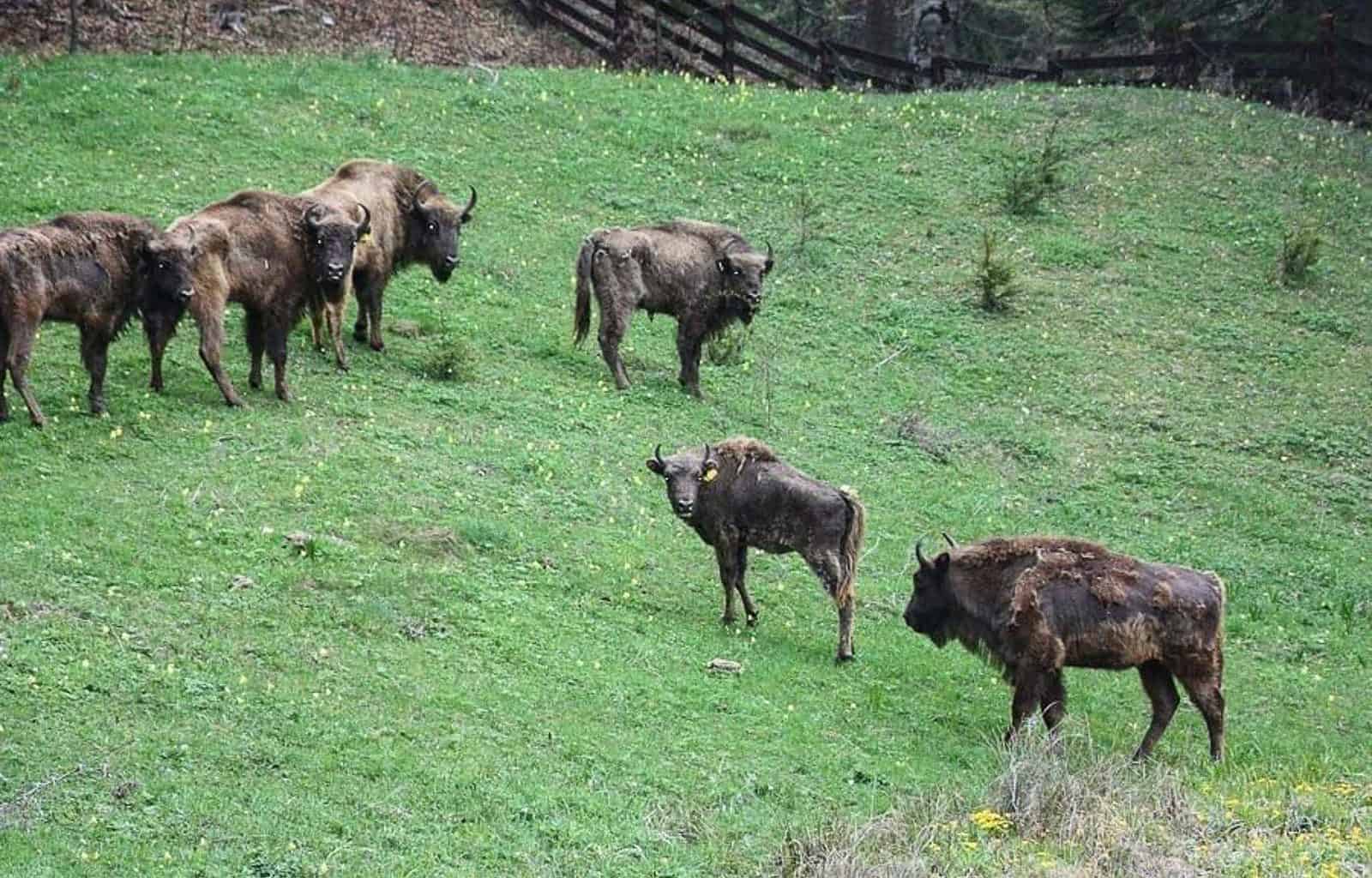Wildlife monitoring to reduce human-wildlife conflicts
Wildlife is all around us, we just have to look closely. Many species, however, can be difficult to detect. We do not usually encounter shy species like wolves or a lynx, because they can sense humans from far away. Other species are only active at night, so they are easily hidden to the human eye. Luckily, many techniques have been developed to help us to detect wildlife. Due to that, it is not only possible to confirm the presence of a species, but also to monitor their population development, to learn about their biological requirements, and to reduce human-wildlife conflicts.
Please also read: Norway about to kill 50% of their wolves
Wildlife monitoring techniques – one for every species
To successfully monitor a species it is crucial to understand their biology. Is the species diurnal or nocturnal? How does it react to human presence? How does it disperse in its habitat? Is it possible to differentiate individuals? Choose the monitoring technique according to the answers to these and other questions and the goal of the monitoring study. Here are a few example about what is possible:
To detect hard-to-see or nocturnal species, we can use infrared or thermal sensors or acoustic detectors. Like this, it is possible to spot, or at least hear, a species hidden to the human eye. For example, a bat detector can identify different bat species according to the frequency of their call.
Camera traps are a great tool to detect various species in areas that are difficult to access. Also, choosing the position for the camera placements along heavily utilized areas for wildlife, such as trails and stream crossings, can allow you to monitor wildlife in a way that would otherwise not be possible. By using camera traps, the presence of rare species, like the beaver, the lynx, or the wolf, were confirmed all over Europe. Cameras can also be mounted in areas where damage by wildlife occurs, to detect how the damage is happening.
Digital maps have proven useful for the monitoring of insects like the bark beetle. The knowledge about the relationship of their behavior and temperature allowed scientists to develop a system to predict when bark beetles will disperse. Like this, foresters can be warned whenever an area is prone to bark beetle infestation.
Scat detection dogs help wildlife monitoring
An indirect form of wildlife monitoring is the search for signs, including tracks, scat, nests, and trails. For many species, it is possible to identify scats based on morphological criteria. Thus, this is an inexpensive monitoring method. However, overlapping food niches of closely related species can complicate things. In some cases, only DNA analyses can remove doubts, which, of course, is more cost-intensive. Scat detection dogs can help to speed up the identification process and to save money by reducing the analysis of ‘uncertain’ scats.
The potential of the use of scat detection dogs has been shown all over the world for a number of species, including wolves, big cats, and primates. Now, for the first time, dogs also detected Golden Jackals. The population of the Golden Jackal expanded in many European countries and, thus, monitoring efforts increased too. A recently published study confirmed that scat detection dogs can be trained to identify Golden Jackals with an accuracy of around 75%. This will substantially improve the monitoring efforts of the species. Through the following DNA analysis important aspects of jackal biology such as diet, habitat use, territory size, and family structure can be studied.

Human-wildlife conflicts
The reliable and quick confirmation of species presence that scat detection dogs offer is also important for the resolution of human-wildlife conflicts. For instance, the confirmation of wolf presence through scat dogs can prevent predation of livestock, because livestock farmers can be warned in time and implement precautionary measures in at-risk areas. When livestock depredation occurs and the wolf cannot be excluded as a suspect, dogs can help to identify scats in the surroundings. They can confirm wolf presence and identify additional DNA samples to test in official institutions. This helps to counteract false perceptions about wolf presence, avoid false predation claims, and eventually increase social acceptance and tolerance for their return.
Due to these benefits, we included a training program of scat detection dogs in the LIFEstockProtect project. The aim is to train and support farmers on effective livestock protection in the German-speaking region of the Alps. Therefore, the effective use of scat detection dogs will aid this process by enhancing monitoring actions.








